Director of HTIRC

Matthew Ginzel
Director of HTIRC
Dr. Ginzel is a forest entomologist with expertise in chemical ecology; and he combines these areas of expertise to develop methods for reducing the impact of native and exotic insect pests of hardwoods. Learn More
Research Scientists

Vikram Chhatre
USDA Forest Service, Research Geneticist
vchhatre@purdue.edu Dr. Chhatre is a population geneticist and computational biologist. His research focuses on the evolution in natural populations of forest trees and on understanding the distribution of standing genetic variation across landscape. Learn More
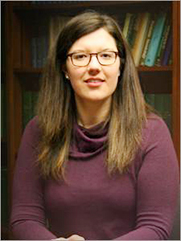
Anna Conrad
Research Plant Pathologist
conrad74@purdue.edu Dr. Conrad is interested in understanding genetic and biochemical mechanisms of tree resistance to pathogens. Her research focuses on developing more rapid phenotyping tools to facilitate resistant tree breeding and disease management. Current research efforts are focused on the use of vibrational spectroscopy and machine learning for early disease detection and identification of disease resistant trees. Learn More

John Couture
Associate Professor of Entomology
Plant and insect chemical ecology, biochemical spectroscopy, landscape and ecosystem ecology, global change ecology, community ecology, plant defense theory, gene x environment interactions, trophic-level interactions, remote sensing, ecosystem monitoring. Learn More

Songlin Fei
Professor and Dean’s Chair of Remote Sensing
Dr. Fei’s research program has two primary directions. The first arm of my research program focuses on mapping and modeling of invasive exotic species (IES). The other arm of my research program focuses on large-scale ecosystem dynamics in forests in the eastern United States. Learn More
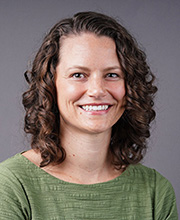
Morgan Furze
Assistant Professor, Center for Plant Biology
Dr. Furze’s research broadly focuses on how trees interact with their environment. One major theme is understanding plant carbon storage and allocation and the implications for how trees and forest ecosystems will respond to global change. Her lab uses both fieldwork and laboratory approaches, and integrates tools from physiology, ecology, evolution, isotope biogeochemistry, and 3D imaging to explore trees in both managed and natural systems.
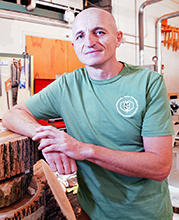
Rado Gazo
Professor, Wood Processing & Industrial Engineering
Dr Gazo ‘s research focuses on the application of industrial engineering and operation research techniques to problems in primary and secondary wood products manufacturing industries.
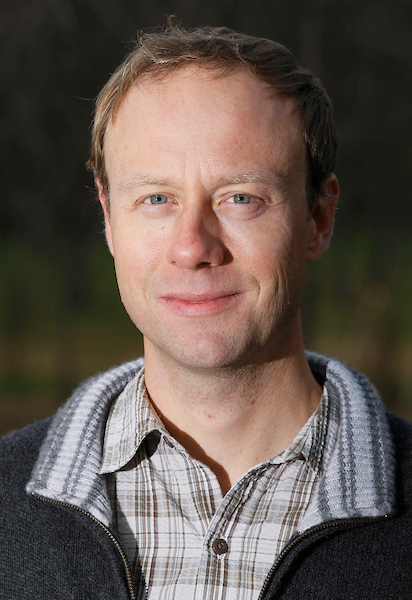
Douglass Jacobs
Fred M. van Eck Professor of Forest Biology, Associate Head in the Department of Extension, Director of the Tropical HTIRC
Dr. Jacobs’ research focuses on the ecophysiology of forest regeneration in response to management and environmental stress. He has specific expertise in nursery systems, plant quality, and plantation establishment to promote reforestation and restoration of threatened forest trees or degraded sites. Learn More

Brady Hardiman
Associate Professor of Urban Ecology
Brady’s research focuses on understanding the interaction of structure and function in coupled natural and human ecosystems. Specific interests include the role of vegetation in urban carbon cycling and the influence of forest canopy structure on long-term carbon sequestration rates. His research is directed toward improving management strategies for urban and rural forests to optimize provision of ecosystem services such as carbon storage and climate mitigation. Learn More

Michael Jenkins
Professor of Forest Ecology
Dr. Jenkins’ research focuses on the interactions between disturbance and abiotic factors and their synergistic influence on ecosystem structure and function. Specifically, he is interested in how human-induced changes to native disturbance regimes and species pools have altered the distributions, interactions, and coexistence of species through changes in ecological processes. Learn More
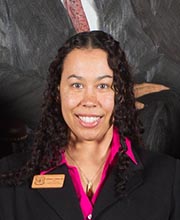
Shaneka Lawson
USDA Forest Service, Research Plant Physiologist & Adjunct Assistant Professor
sslawson@purdue.edu Dr. Lawson’s research interests are bioinformatics (genomics, transcriptomics), evaluating differences in the gene expression of forest trees responding to abiotic stress. She also researches the process of figure formation in wood. Learn More

Jingjing Liang
Associate Professor of Quantitative Forest Ecology
Jingjing Liang is an associate professor of quantitative forest ecology at Purdue University. He is a co-director of Forest Advanced Computing and Artificial Intelligence Lab (FACAI) at Purdue University. Jingjing Liang founded Science-i in 2022, and co-founded Global Forest Biodiversity Initiative (GFBI) in 2016. Jingjing Liang has developed the first comprehensive global forest inventory database GFBi with more than 1.3 million sample plots. Jingjing Liang has been working on connecting machine learning and big data in studying fundamental questions in biodiversity and ecosystem processes, ecological and socioeconomic impacts of biological conservation. Learn More

Richard Meilan
Professor of Molecular Tree Physiology (Emeritus)
Dr. Meilan uses molecular tools to investigate the genetic mechanisms by which key aspects of tree growth and development are controlled. He is also attempting to domesticate and add value to various tree species by genetically engineering them to express genes that impact environmentally beneficial and commercially important traits. Learn More
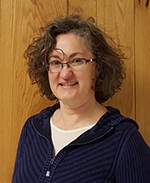
Carolyn ('Carrie") Pike
USDA Forest Service, Eastern Region State & Private Forestry Regeneration Specialist & Adjunct Assistant Professor
Dr. Pike has extensive experience with tree breeding, conducting applied research, and establishing and analyzing common garden studies. She provides technical assistance state nurseries in the Eastern Region State and Private Forestry, and providing advice on genetics and restoration programs nationwide through her involvement in the RNGR program. Learn More

Guofan Shao
Professor of Remote Sensing
Dr. Shao’s overall research interest is digital forestry technologies (DFT), including remote sensing, geographic information systems (GIS), forest modeling, and forestry decision-support systems (DSS). Shao applies DFT in better understanding forest landscape changes and sustaining the management of forest resources. Dr. Shao is especially interested in developing algorithms for accurate land use and land cover mapping with remote sensing, developing web-based GIS protocols for land use analysis and forest conservation, developing applicable forest simulation models for forestry professionals, and developing user-friendly forestry DSS for assisting forestry decision making. Learn More

Michael Saunders
Associate Professor of Ecology and Natural Resources
Research in the Saunders’ lab centers on the improvement of hardwood silviculture in deciduous forests of North America. His portfolio is diverse, ranging from mid-rotation pruning and thinning practices in precision silviculture systems to development of natural disturbance-based approaches for restoration silviculture systems. Learn More

Mo Zhou
Associate Professor of Forest Economics and Management
Dr. Zhou’s primary research interests at present are 1) integrating economic theory and data science to value nonmarket goods in forests and derive landowners’ preferences and their interactions; 2) optimal decision making in forest management under risk and uncertainty induced by climate change; 3) economics of forest biodiversity at large scale; 4) dynamics of timber market and trade of forest products. Learn More
